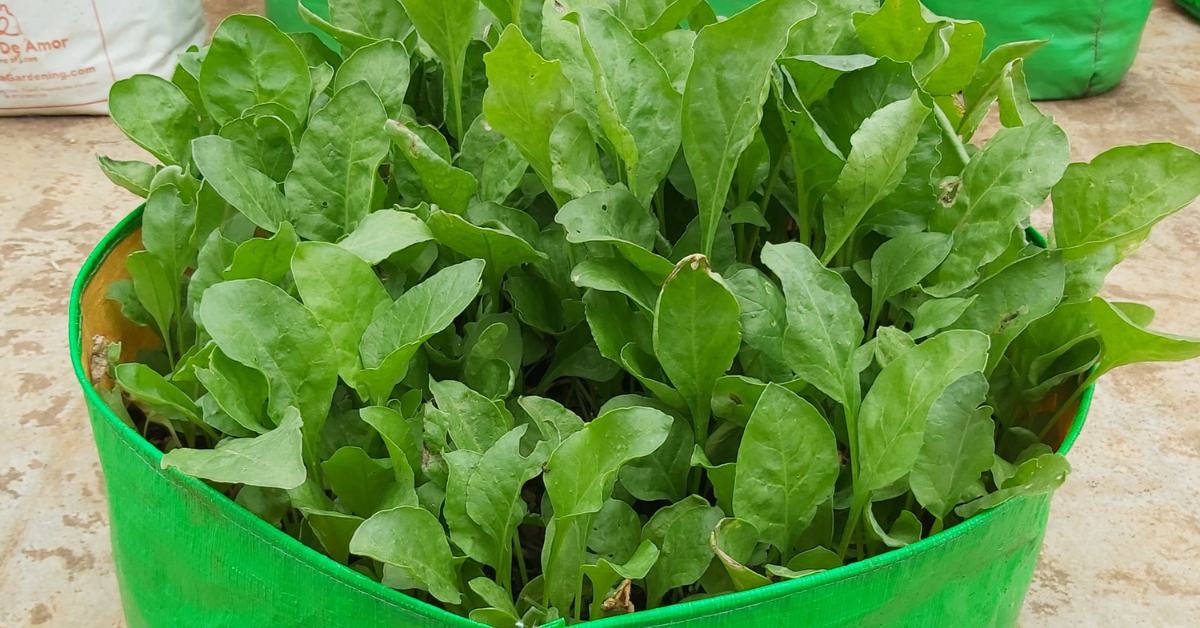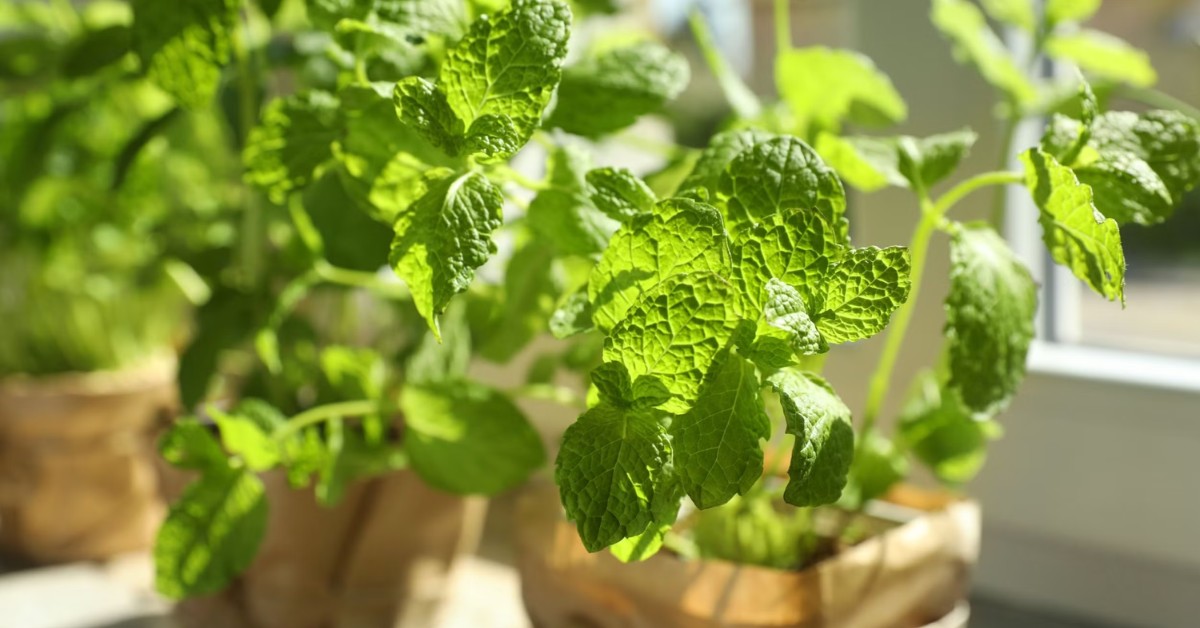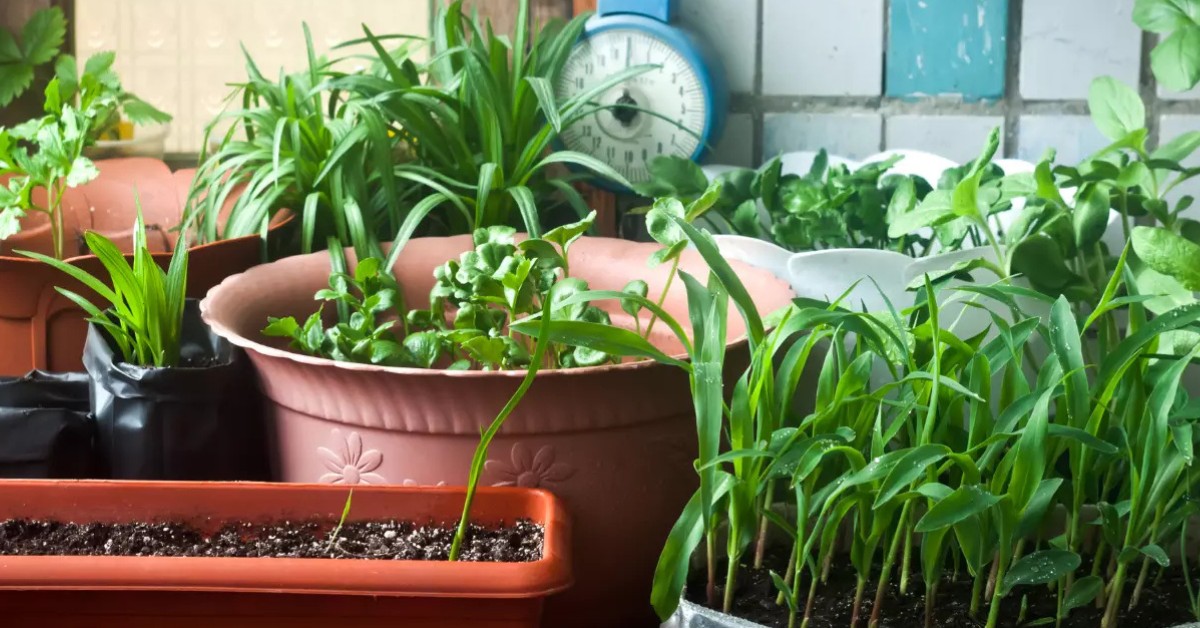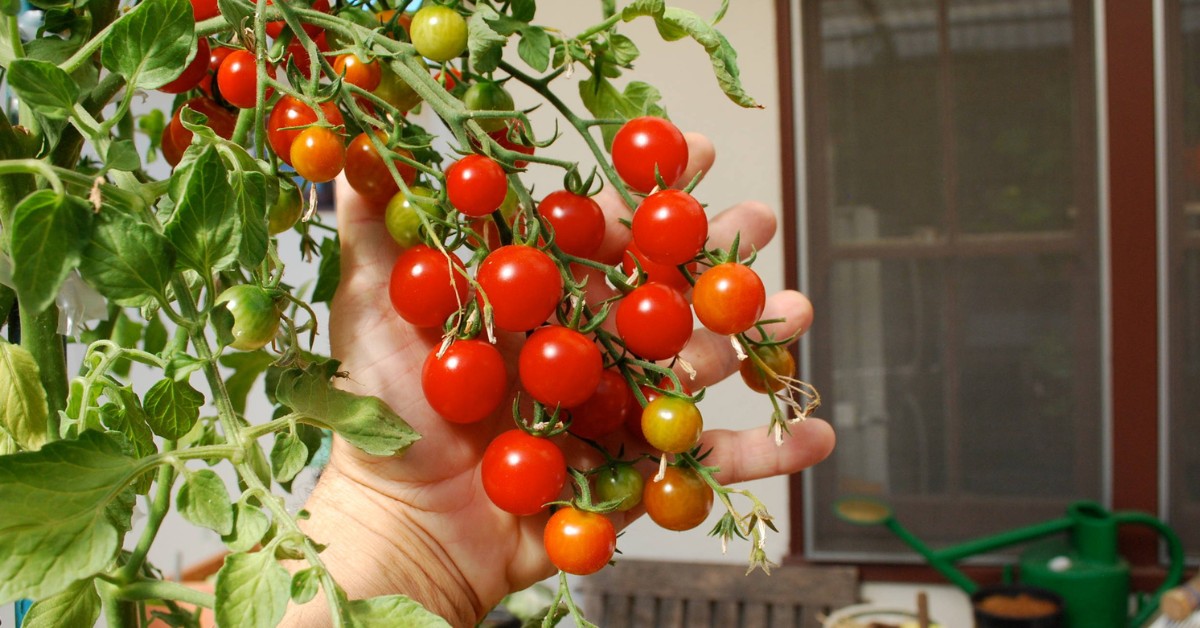Why the Monsoon Is the Best Time to Start Growing Your Own Kitchen Garden at Home
Monsoon season is nature’s way of replenishing the earth with much-needed water and cooling down the relentless summer heat. The soft drizzle, the earthy scent of wet soil, and the greenery make it feel like the world is breathing again.
Imagine stepping out barefoot onto a damp terrace, rain clouds overhead, your fingers deep in the soil, sowing seeds that will soon feed your home. This refreshing climate, paired with consistent rainfall and enriched soil, makes it the perfect time to start a kitchen garden.
Whether you’re planting in a backyard, on your balcony, or even in repurposed pots by the window, monsoon gardening offers joy at every level.
From basil and coriander to tomatoes and chillies, with the season’s moisture coming in handy, you can grow your own herbs, vegetables, and leafy greens.
Here’s everything you need to know to start your monsoon kitchen garden.
Ideal weather conditions for sturdy plant growth
The monsoon season delivers regular and gentle rain showers that keep the soil consistently moist, reducing the need for daily watering and conserving your time and effort. Temperatures during this period are moderate, typically ranging from 20°C to 30°C, which is ideal for the germination of most vegetable seeds and supports healthy vegetative growth.
High humidity levels during the monsoon also aid in nutrient absorption and help plants maintain their turgidity. However, it is essential to confirm that the garden has proper drainage because standing water can lead to root rot and fungal diseases. You can prevent waterlogging by installing raised beds or making sure your containers have drainage holes.
 The monsoon temperature is ideal for you to start your kitchen garden; Picture source: Gardenary
The monsoon temperature is ideal for you to start your kitchen garden; Picture source: Gardenary
Additionally, the diffused sunlight during overcast days provides gentle light, preventing scorching while still allowing photosynthesis to occur efficiently.
Preparing your soil for monsoon planting
Monsoon rains soften hard and compacted soil, making it easier to work with. This is an excellent time to till or dig the soil to aerate it, encouraging better root penetration and drainage. Incorporate organic matter such as well-rotted compost, farmyard manure, or leaf mould to improve the soil’s texture and nutrient content.
Compost breaks down faster in the moist conditions of monsoon, releasing necessary nutrients like nitrogen, phosphorus, and potassium that are required for plant growth. You might also consider adding natural soil enhancers like bone meal or neem cake for additional nourishment and pest resistance.
Before planting, test the soil drainage by digging a small hole and filling it with water. If the water drains within two to four hours, the soil is well-drained and suitable for planting. For heavy clay soils, mix in coarse sand or cocopeat to improve aeration and drainage.
 You can grow leafy greens like spinach and fenugreek at home during the monsoon season; Picture source: Rehoboth Organic Farms
You can grow leafy greens like spinach and fenugreek at home during the monsoon season; Picture source: Rehoboth Organic Farms
Best vegetables and herbs to grow during monsoon
Certain crops grow in the cool and damp conditions of the monsoon, making them ideal additions for your kitchen garden:
- Leafy greens: Spinach (palak), fenugreek (methi), amaranth, and coriander flourish during monsoon due to the moisture and moderate temperatures. They are quick-growing and can be harvested multiple times.
- Root vegetables: Radishes and carrots grow well in softened soil. Opt for short or round varieties of carrots to suit heavier soils.
- Legumes: French beans, cluster beans (guar), and peas perform well with adequate moisture and can enrich the soil by fixing nitrogen.
- Fruit Vegetables: Tomatoes and chillies benefit from monsoon rains but require good drainage and some sunlight. Starting these from healthy seedlings rather than seeds is recommended.
 You can also start growing herbs like mint and basil during the monsoon season in your kitchen garden; Picture source: Backyard Boss
You can also start growing herbs like mint and basil during the monsoon season in your kitchen garden; Picture source: Backyard Boss
- Herbs: Mint, basil (tulsi), and dill also grow during this season and can be grown alongside vegetables for added flavour and pest control.
Step-by-step guide to starting your monsoon kitchen garden
- Choose the right location: Aim for a spot that receives four to six hours of indirect or filtered sunlight daily. Avoid low-lying areas prone to waterlogging.
- Prepare the soil: Loosen the soil to a depth of six to eight inches. Add two to three inches of organic compost and mix well to enrich the soil.
- Sow seeds or transplant seedlings: Follow the seed packet instructions for sowing depth and spacing. For seedlings like tomatoes or chillies, gently transplant to avoid disturbing the roots.
- Water wisely: Rely mostly on natural rainfall, but monitor soil moisture after heavy showers. Remove excess water if necessary to avoid root suffocation.
 Make sure not to overwater the plants in your kitchen garden during the monsoon season; Picture source: India Food Network
Make sure not to overwater the plants in your kitchen garden during the monsoon season; Picture source: India Food Network
- Mulch your garden: Apply a layer of organic mulch such as dried leaves or straw around plants to retain moisture, regulate soil temperature, and suppress weeds.
- Monitor for pests and diseases: The monsoon can encourage pests like aphids and fungal infections such as powdery mildew. Use natural remedies such as neem oil sprays or homemade garlic-chilli sprays, and maintain good air circulation around plants.
- Regular harvesting: Harvest leafy greens frequently to promote fresh growth. Pick vegetables like beans and radishes when young and tender for the best flavour.
The wider benefits of growing a kitchen garden in the monsoon
Starting a kitchen garden during monsoon does more than supply fresh vegetables. It is a sustainable practice that reduces dependence on packaged produce, minimises plastic waste, and lowers your carbon footprint.
 You can grow your vegetables at home and make sure your family is eating healthy every day; Picture source: Houzz
You can grow your vegetables at home and make sure your family is eating healthy every day; Picture source: Houzz
Moreover, growing your own food guarantees chemical-free and nutritious produce right at your doorstep, guaranteeing better health for you and your family. The monsoon is nature’s invitation to reconnect with the earth and embrace a greener and healthier lifestyle.
Edited by Saumya Singh
News